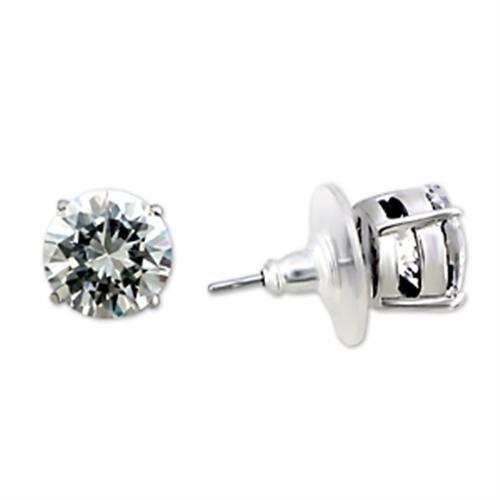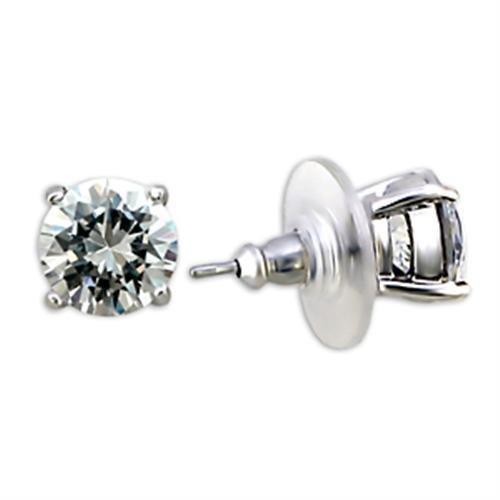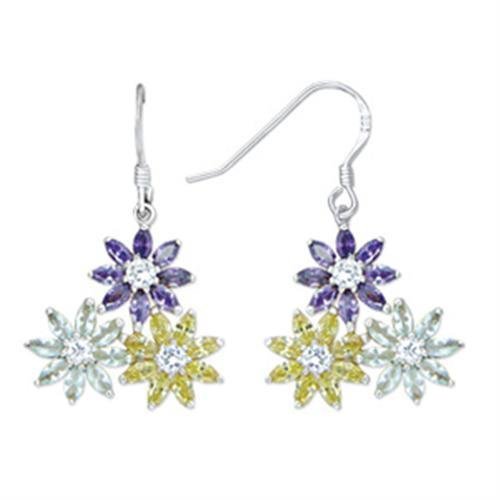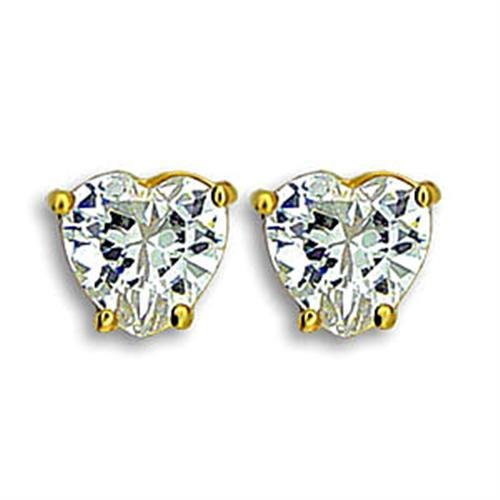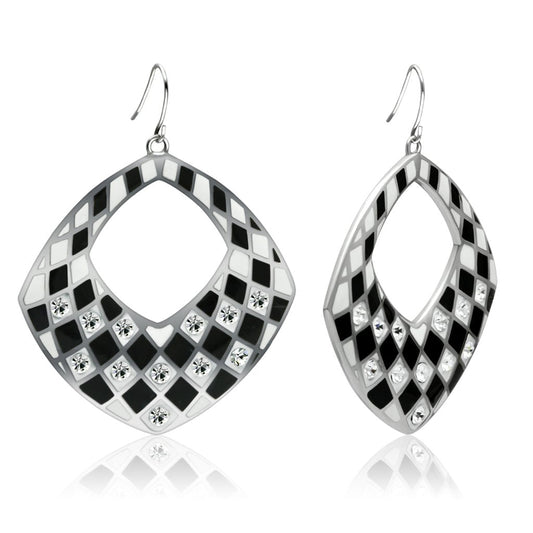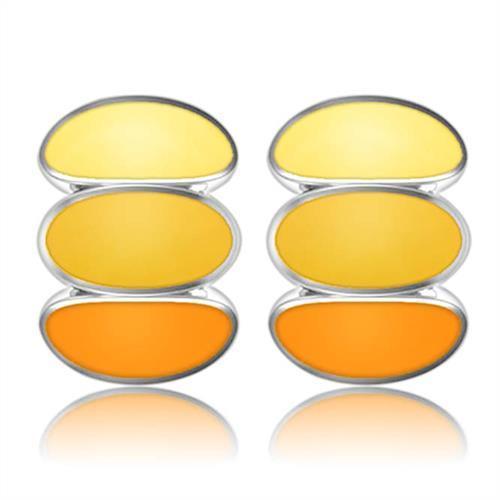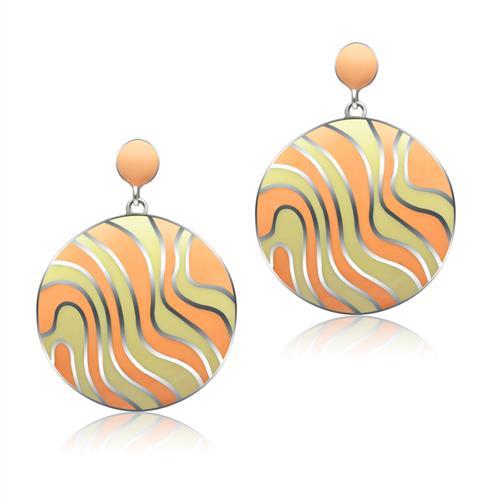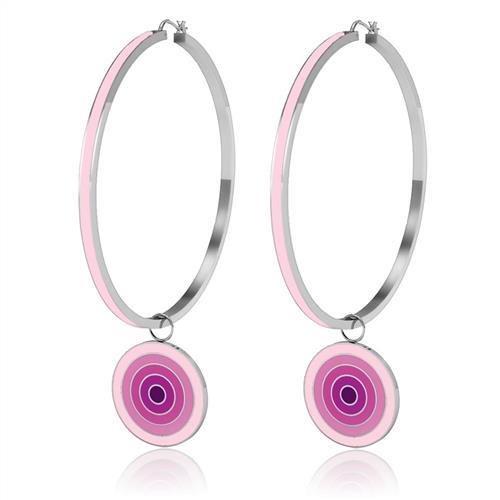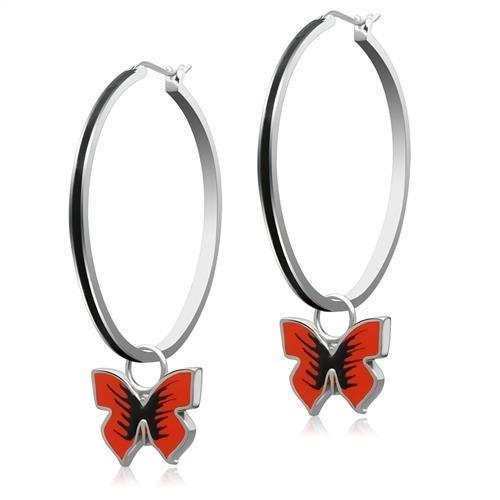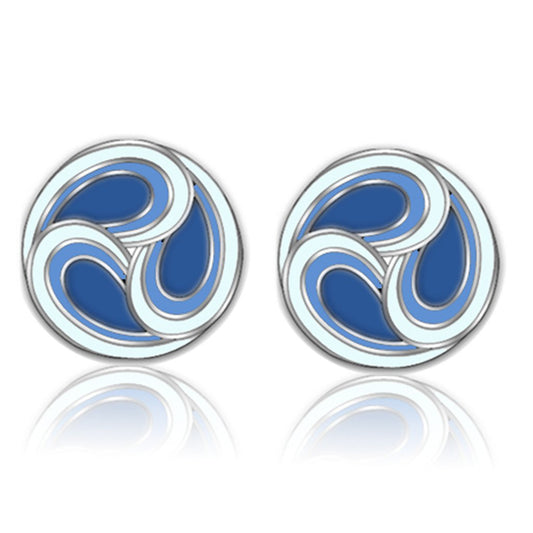In the ever-evolving world of jewelry, the shift toward sustainable and ethical alternatives is undeniable. This comprehensive article explores the transformative journey of synthetic diamonds, examining their potential to redefine traditional notions of luxury, beauty, and ethical responsibility. Key aspects such as environmental impact, technological advancements, consumer preferences, and market trends are discussed, offering a deeper understanding of why synthetic diamonds may indeed be the future of jewelry.
Table of Contents
- The Rise of Synthetic Diamonds
- Environmental Impacts and Technological Advancements
- Consumer Benefits, Market Growth, and the Future Outlook
- Frequently Asked Questions About Synthetic Diamonds
The Rise of Synthetic Diamonds
Synthetic diamonds, also known as lab-grown or lab-made diamonds, have been gaining traction as a viable alternative to mined diamonds. Their appeal lies not only in their ethical production methods, which avoid the environmental degradation and human rights issues associated with traditional diamond mining, but also in their quality and affordability.
Understanding the Production
Two main processes dominate the creation of synthetic diamonds: High Pressure High Temperature (HPHT) and Chemical Vapor Deposition (CVD). Both methods replicate the natural conditions under which diamonds form within the Earth, resulting in gems that are physically, chemically, and optically identical to their mined counterparts.
- HPHT mimics the natural high-pressure, high-temperature conditions that create natural diamonds. Starting with a small diamond seed, it gradually builds up carbon atoms in a controlled environment.
- CVD, on the other hand, involves breaking down molecules of a carbon-rich gas into plasma, which then deposits on a substrate, allowing the diamond to grow layer by layer.
Market Trends and Consumer Shifts
The market for synthetic diamonds has been driven by a combination of factors. Firstly, the environmental consciousness among consumers, particularly millennials and eco-conscious consumers, who prioritize sustainable and eco-friendly products. This demographic is increasingly influential, steering market trends toward more ethical and sustainable practices.
Advantages Over Traditional Diamonds
- Cost-Effective: They typically cost less than mined diamonds due to shorter supply chains and less overhead.
- Eco-Friendly: They have a significantly lower environmental footprint, as they require less energy and resources to produce than extracting a similar size diamond from the earth.
- Ethical Choice: Free from the issues of child labor and conflict that plague some traditional diamond sources, making them an ethical choice for consumers.
Explore our collection of synthetic diamond bracelets to see the beauty and quality these gems offer firsthand.
Environmental Impacts and Technological Advancements
The shift toward synthetic diamonds is not just a matter of consumer preference or cost-efficiency; it's also about significantly reducing the environmental and ethical burdens of the jewelry industry. As the world becomes more eco-conscious, the role of advanced technologies in producing synthetic diamonds becomes increasingly pivotal.
Reducing Environmental Footprint
The production of synthetic diamonds has a distinct advantage over traditional mining in terms of environmental impact. The controlled lab settings of HPHT and CVD processes allow for a substantial reduction in the ecological damage typically associated with open-pit or underground diamond mining, which can lead to soil erosion, deforestation, and ecosystem disruption.
- Energy Consumption: Modern advancements in production technology have progressively decreased the energy required to produce synthetic diamonds, contributing to a smaller carbon footprint.
- Water Usage: Unlike traditional mining, which uses large quantities of water, synthetic diamond production requires minimal water, thus conserving this precious resource.
Technological Innovations
The continual improvements in HPHT and CVD technologies not only enhance the efficiency of synthetic diamond production but also improve the quality of the diamonds produced. These technological advancements ensure that synthetic diamonds meet or even exceed the gemological standards set for mined diamonds.
- Quality and Customization: New technologies in synthetic diamond production have enabled the creation of diamonds with specific characteristics, such as desired size, color, and clarity, making each piece unique and tailored to consumer preferences.
- Scaling Production: As technology advances, the ability to produce larger quantities of high-quality synthetic diamonds becomes feasible, ensuring that the market can meet growing consumer demand.
Check out our exquisite synthetic diamond earrings that showcase the latest in diamond technology.
The Role of Consumer Awareness
Education plays a crucial role in the growth of the synthetic diamond market. As consumers become more aware of the environmental and ethical advantages of lab-grown diamonds, their popularity continues to rise. This awareness is bolstered by marketing efforts that highlight the positive aspects of synthetic diamonds, alongside growing concerns about the traditional diamond industry's impact on the environment and human rights.
Consumer Benefits, Market Growth, and the Future Outlook
The burgeoning growth of the synthetic diamond industry not only marks a shift in production techniques and environmental responsibility but also indicates a broad change in consumer behavior and market dynamics. This final section of our article examines the benefits to consumers, the potential for market expansion, and the prospective future that synthetic diamonds hold.
Extensive Consumer Benefits
- Transparency and Traceability: Consumers are increasingly demanding transparency in the products they buy. Synthetic diamonds offer a clear supply chain, free from the shadows of conflict and unethical labor practices often associated with diamond mining.
- Value for Money: Offering a similar (or superior) quality at a lower price point, synthetic diamonds provide excellent value, making fine jewelry more accessible to a broader audience.
- Innovative Designs: The flexibility in production allows jewelers to experiment with designs that might be less feasible with mined diamonds due to cost or availability constraints.
Market Growth and Evolution
The synthetic diamond market has seen rapid growth, fueled by technological advancements and shifting consumer preferences. This growth is not merely a trend but a significant evolution in the diamond industry:
- Increasing Acceptance: As awareness grows, the acceptance of synthetic diamonds as a legitimate alternative to mined stones is increasing, even within luxury markets.
- Market Shifts: Traditional diamond producers and new players in the market are investing heavily in the production of synthetic diamonds, indicating a substantial shift towards these sustainable alternatives.
- Economic Impact: The economic implications of this shift are profound, affecting global trade patterns, labor markets, and even international relations as countries traditionally dependent on diamond mining face new economic realities.
Looking Toward the Future
The future of diamonds appears to be intricately linked with the growth of the synthetic diamond industry. As we look forward, several factors will likely shape this trajectory:
- Technological Advancements: Continued innovations will further reduce the costs and environmental impacts of production, enhancing the appeal of synthetic diamonds.
- Eco-responsibility: The global push towards more sustainable and responsible consumption will continue to drive preference for lab-grown diamonds over mined ones.
- Consumer Education: Ongoing education about the benefits and characteristics of synthetic diamonds will play a crucial role in their widespread adoption.
In conclusion, synthetic diamonds are not just an alternative to traditional diamonds; they are a testament to the possibilities that modern technology and ethical considerations offer. They represent not only a shift in how we value gems but also in how we choose to interact with the natural world and its resources.
See our innovative collection of synthetic diamond bangles, perfect for the eco-conscious consumer.
As the diamond industry continues to evolve, synthetic diamonds stand out as a beacon of progress, sustainability, and innovation, making them a pivotal element in the future of jewelry.
Frequently Asked Questions About Synthetic Diamonds
Here are the top 10 questions frequently asked by consumers and industry watchers regarding synthetic diamonds and their future in the jewelry market.
-
What are the main differences between synthetic diamonds and cubic zirconia? Synthetic diamonds are real diamonds with the same chemical composition and structure as mined diamonds, whereas cubic zirconia (CZ) is a diamond simulant made from a different mineral that is much less durable and brilliant.
-
Can synthetic diamonds be considered real diamonds? Yes, synthetic diamonds are real diamonds. They have the same physical, chemical, and optical properties as diamonds mined from the Earth, but they are created in a lab.
-
How can I tell if a diamond is mined or synthetic? It can be challenging for a consumer to distinguish between mined and synthetic diamonds. Specialized equipment and expertise are often required, so certification from a reputable gemological lab is the best way to determine the origin.
-
Are synthetic diamonds available in various colors? Yes, synthetic diamonds can be created in various colors, including popular hues like pink, blue, and yellow. These colors can be achieved during the growing process through controlled modifications.
-
Do synthetic diamonds hold their value over time? Currently, synthetic diamonds generally do not retain resale value as well as mined diamonds. However, their initial lower cost provides significant upfront savings.
-
Are there any specific care instructions for synthetic diamonds? Synthetic diamonds require the same level of care as mined diamonds. Regular cleaning and careful handling will keep them in excellent condition.
-
How sustainable are synthetic diamonds really? Synthetic diamonds are considered more sustainable than mined diamonds because their production requires fewer natural resources and results in less environmental impact. However, they still require energy, whose sustainability depends on the source.
-
Can synthetic diamonds help prevent the funding of conflict? Yes, one of the significant advantages of synthetic diamonds is that they offer a conflict-free alternative to mined diamonds, which have been known to fund wars and conflicts in certain regions.
-
Will synthetic diamonds eventually replace mined diamonds? While synthetic diamonds are growing in popularity due to their ethical and environmental benefits, they are unlikely to completely replace mined diamonds in the near future due to market dynamics and consumer preferences for natural stones.
-
What should I look for when buying a synthetic diamond? When purchasing a synthetic diamond, look for a stone with a certification from a reputable lab. Pay attention to the same 4Cs of diamond quality used for mined diamonds: cut, color, clarity, and carat weight.


